Jenni Peters is a science teacher from Santa Cruz who sees a disconnect between modern society and nature, and through her teachings with kids, and her conservation photography, she wants to bridge that gap. Here is her story.
By Jenni Peters
In order to promote conservation in our world, we have a huge challenge to face in spreading awareness. Our world is filled with so many different facets that soak up our attention: celebrity headlines, political instabilities, social media posts, the quest for ‘likes’, pursuing competitive careers, and our own daily responsibilities.
In this fast paced world, it can seem impossible to fight for the broader public to get viewing time of environmental issues.
To combat this problem, we must spark curiosity to get people to notice more of the world around us and to connect to the emotions to bring about a true sense of caring. Building this emotional and personal connection to nature sometimes is the only way to truly change minds and promote change.
In the words of famous conservationist David Attenborough, “No one will protect what they do not care about, and no one will care about what they have never experienced”.
One way that I work to promote conservation every day is through education. As an elementary science teacher, I am able to build a strong foundation in science knowledge amongst my students.
One important piece of science education is the connection that the students make between their learning in class and what is actually going on in the world around them. Not only is this a helpful strategy to combat the “so what” mentality that so often permeates our culture – this strategy often sparks a fire of curiosity in my students and pushes them to spread this sense of care to others.
I remember one of my first days teaching: we were walking along the creek that runs behind our school and I just could not get over my own curiosity of this amazing creek. Many thoughts rushed through my head about what that creek contains, but the students just looked at me with blank stares that divulged their opinion that it’s “just a creek”.
However, as time went on they started to feed off my own curiosity and ask more questions about the creek. Slowly they started to notice creek water levels, ask about what lives in the water, and report animal sightings seen just as they were walking by.
Now, a trip down to the creek bed is something they will do anything for!
As a teacher I know that I can make a difference in the lives of my students, which can slowly help to build a new generation of people who care to make a difference.
Much like in teaching, it is critical to spark the flame of curiosity about our world in order to have people who care enough to make a difference.
Jacques Cousteau believed, “people protect what they love; they love what they understand and they understand what they are taught.” In order to build that love, you first have to teach others about the world and creatures that need protecting. Unlike children, adults can be much more difficult to reach due to the frenzied nature of their lives.
They can often be swept up in their own world and unable to see what lies around them. Finding a way to reach people above the noise can be done through finding a way to spark a connection between their lives and the lives of wildlife. One way to meet people where they are is to utilise the tools they are accustomed to using every day to spread awareness.
Through social media, we can reach a large audience with conservation messages. Building this connection can occur every day through engaging stories about animals, sharing cool facts that make a species unique, showcasing the wildlife that lives in close proximity, or even just a silly photo to makes everyone look twice. Finding a way to reach everyone, even for just a moment, is what is going to bring about change. By seeing and learning about the beauty that is around us, we can begin to change the minds of all people and build up a sense of caring for a natural world.
Through the creation of my Instagram account to showcase my wildlife photography, I was able to begin to reach my peers and encourage them to look more closely. One of the best tools has been to showcase the amazing wildlife that lives in and around our cities.
Luckily, in the San Francisco Bay Area there is a plethora of wildlife that can be seen just steps from our doors. I have always been amazed by our local wildlife, so spreading these images can remind people that we are very connected to our natural world even if you don’t actively seek it out. Some of my favorite wildlife encounters have been in some of the places where I would least expect it.
I have photographed a Bald eagle just steps from the parking lot of a park nestled in a neighborhood. I have watched endangered Sea otters grooming and relaxing just feet from a major highway. I have spotted a bobcat hunting alongside a road across from businesses. I have even spotted rare and unique birds from my own bedroom window.
If I can encourage people to open their eyes and look at the world around them either while commuting, taking a lunch break, exercising, or even just walking the streets, then I can begin to share this wonderful gift of wildlife all around us.
We are tied to nature through our everyday decisions and it is up to each of us to make small changes to benefit our world.
By exposing people to the wonders of nature and sparking a sense of caring, we can begin to make a difference in our natural world. Our society has undergone many changes in our recent technological revolution, so our fast-paced and interconnected world can often act as a hindrance for people to learn or care about things outside of the blinders of their daily life. Instant access to content all over the world through social media can be a beast of its own by raising some topics to light while drowning out others.
However, these tools can also work for the benefit of spreading instant awareness and causing people to take a moment to feel that curiosity about wildlife. By educating people on the amazement of wildlife and building that connection to caring, we can begin to turn the tides and cause widespread change before it’s too late.
As Sylvia Earle famously said: “Our past, our present, and whatever remains of our future, absolutely depends on what we do now.”
Jenni’s inspiring journey of conservation photography can be followed on Instagram and Flickr. Show your support by following the links!
All images in ‘Wildlife cuts through the noise’ by Jenni Peters – All Rights Reserved 2018.



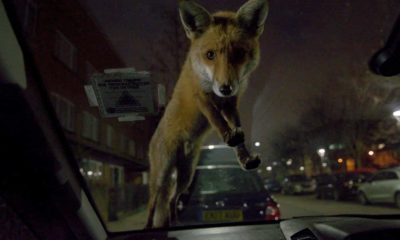

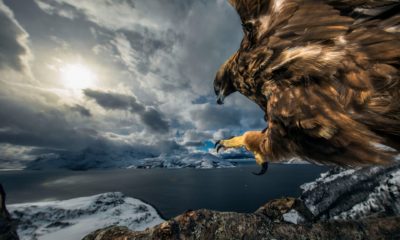

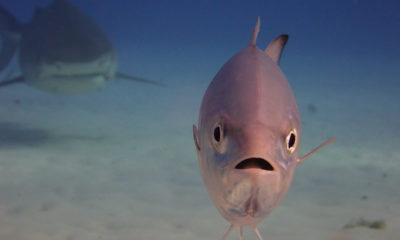

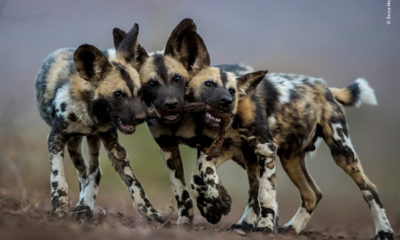

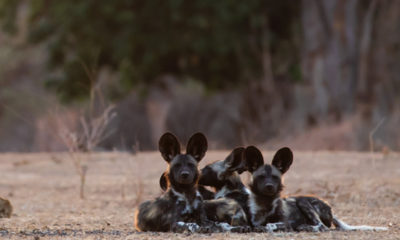












You must be logged in to post a comment Login